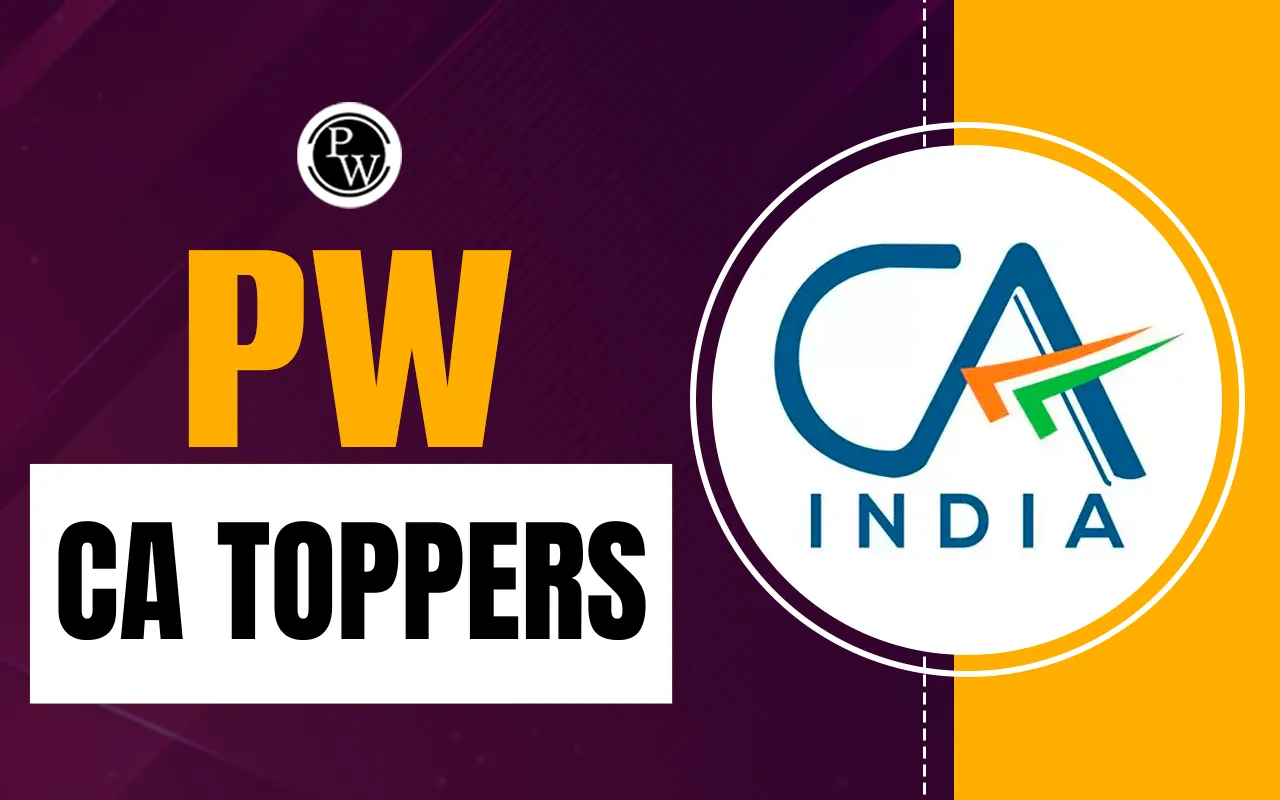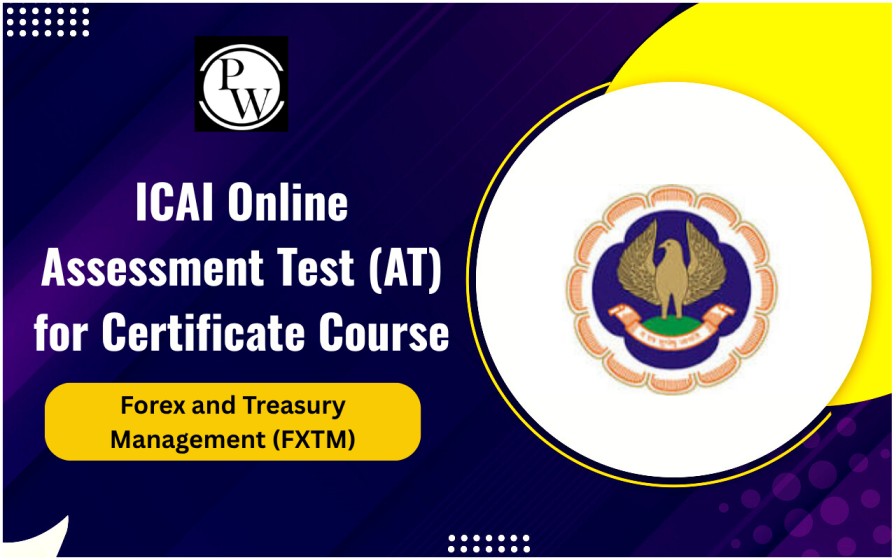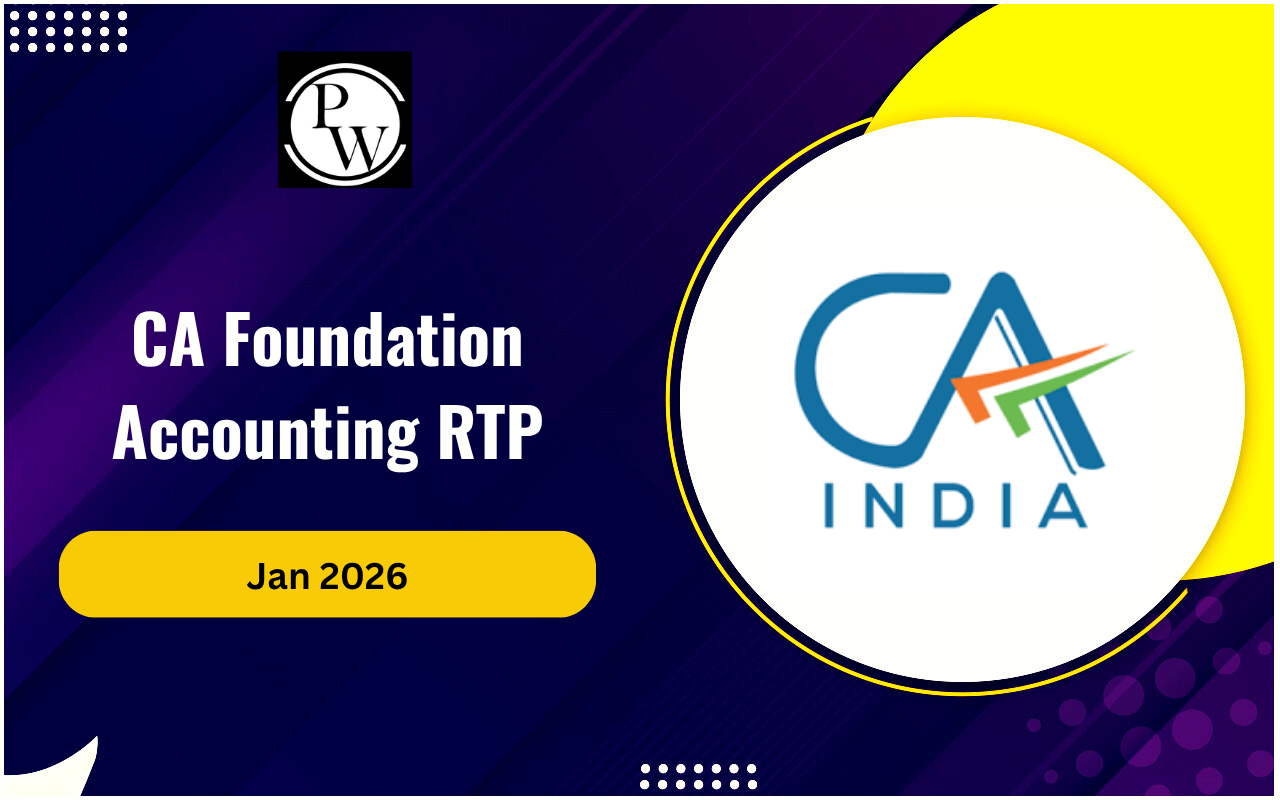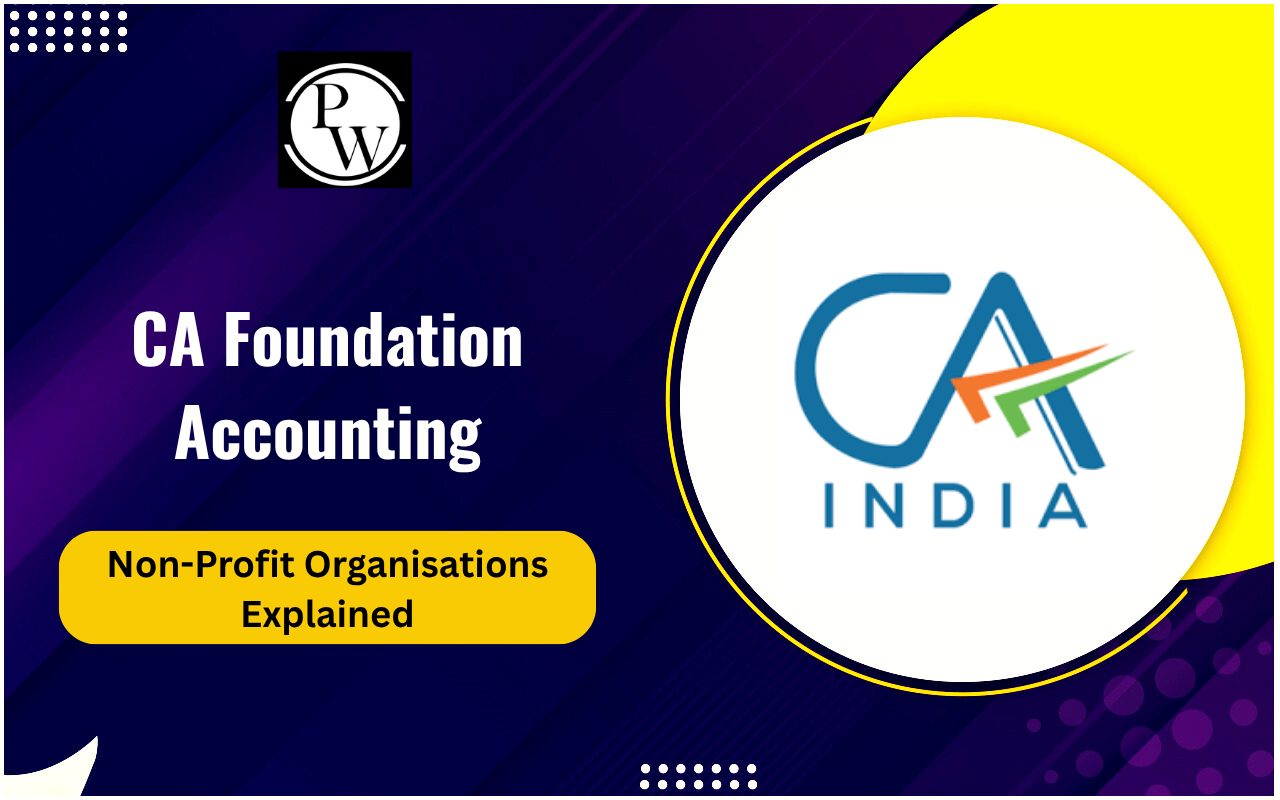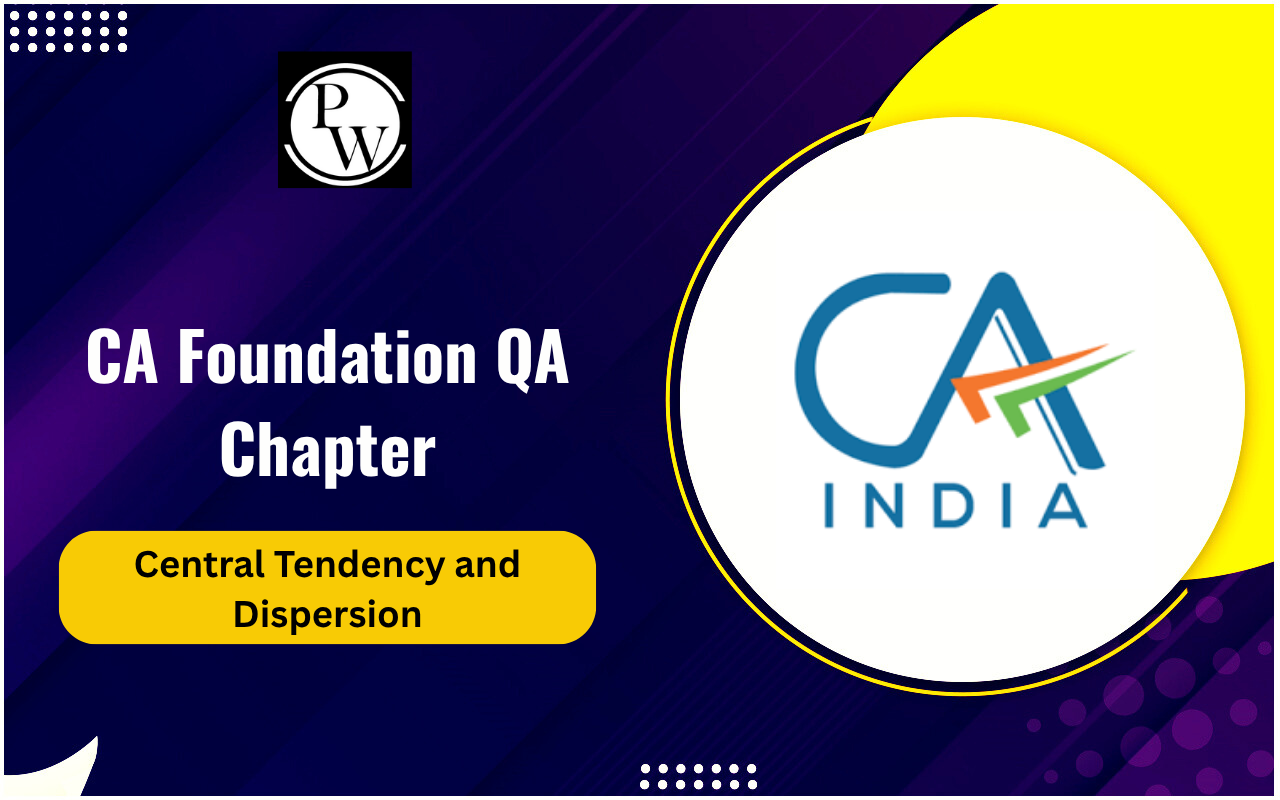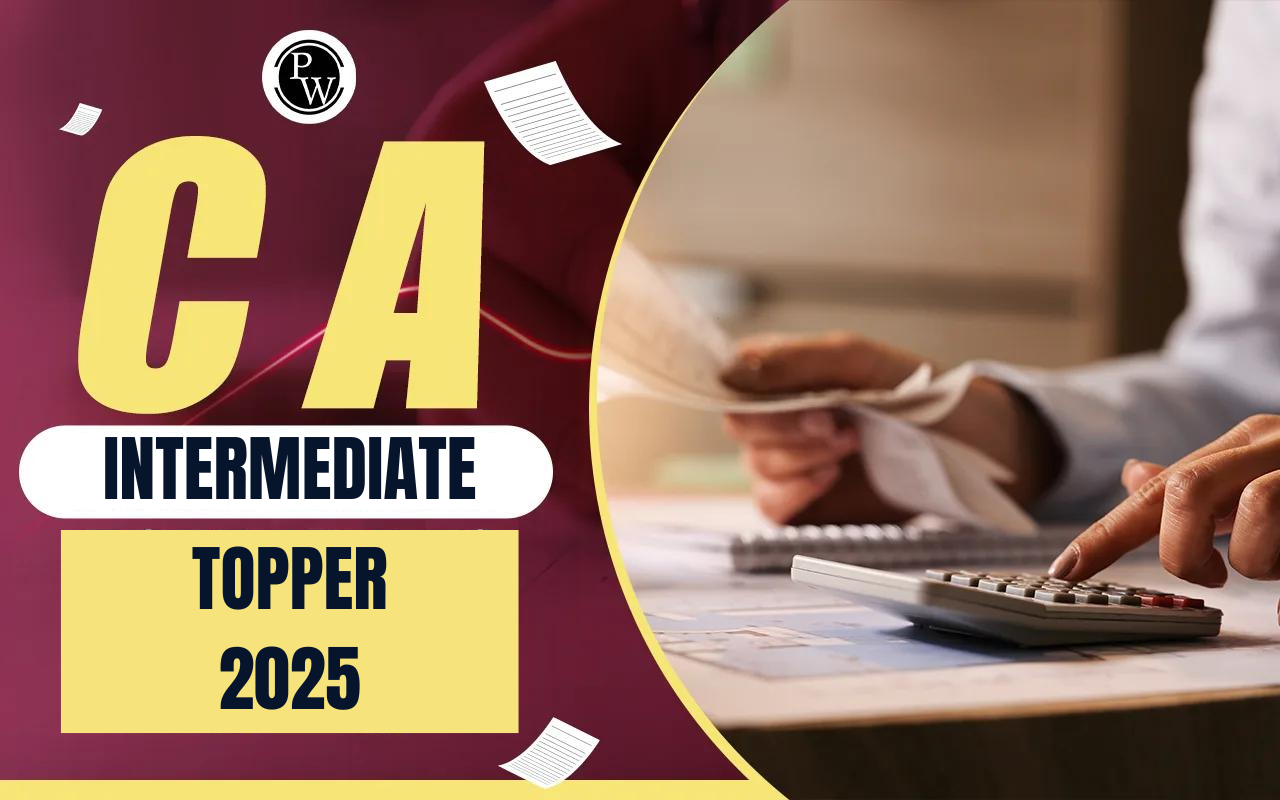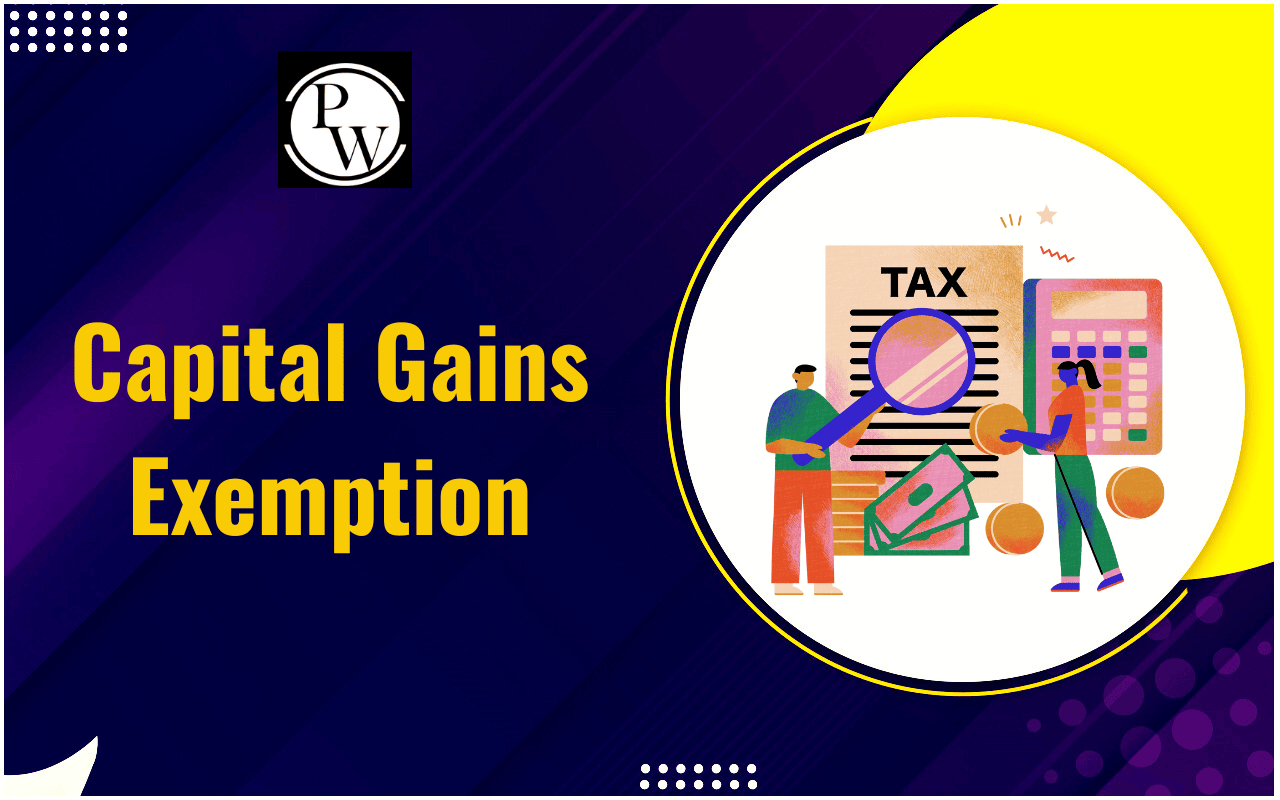
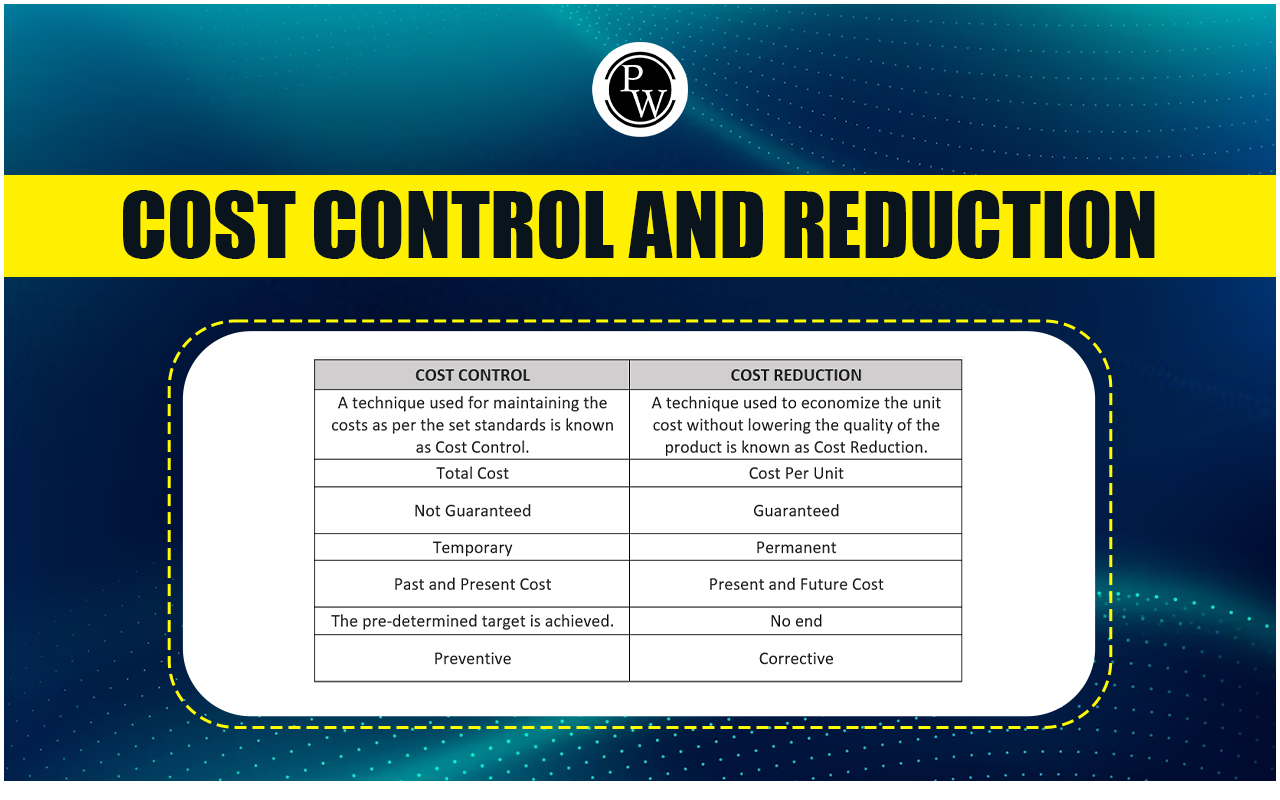
Companies are always looking for ways to manage their finances and increase profits. Two important strategies for achieving this are cost control and cost reduction. Although these terms are often used as if they mean the same thing, they actually refer to different methods of handling expenses and improving the bottom line.
This article will explain cost control and cost reduction in detail, including their definitions, goals, methods, and differences, with real-life examples. Let's dive into this crucial aspect of cost accounting for CA Exams .What is Cost Control?
Cost control is a methodical strategy used to manage and limit expenses within set boundaries. This approach includes creating budgets, setting standards, and putting measures in place to monitor and maintain costs within acceptable levels. The main goal of cost control is to avoid overspending by spotting and correcting deviations from the set norms. Companies use cost control techniques to reduce waste, uphold financial discipline, and ensure stable operations.Process of Cost Control
The process of cost control generally includes several key steps:Budgeting: Companies set budgets for various cost elements based on past data, future predictions, and strategic goals. These budgets act as benchmarks for controlling costs.
Standard Costing: This involves setting predetermined costs for different activities and processes. These standards serve as reference points to compare with actual costs and identify any discrepancies.
Monitoring and Analysis: Tracking actual costs against budgets and standards is essential. Variance analysis helps pinpoint areas of cost overruns or savings, enabling timely corrective actions.
Preventive Measures: Cost control focuses on preventing potential cost increases by identifying and addressing them early. This proactive approach helps organizations tackle issues before they lead to significant financial consequences.
Also Read: Legal Aspects of Business
What is Cost Reduction?
Cost reduction is a strategic effort to lower overall expenses and boost profitability. It involves pinpointing and eliminating unnecessary costs or finding more cost-effective alternatives, all while maintaining product quality and customer satisfaction. Unlike cost control, which aims to keep costs within set limits, cost reduction focuses on continuously improving and optimizing expenses proactively.Techniques of Cost Reduction
For Cost Reduction, organizations use several effective methods, including:Competitive Analysis: This involves looking at what other companies in the same industry are doing. By comparing their own practices with those of their competitors, companies can find areas where they are spending too much money. They can then adopt the best practices from these competitors to save costs.
Product Design Optimization: Companies can save money by designing their products more efficiently. This means using cheaper but still high-quality materials, simplifying the manufacturing process, and making designs that are easier and cheaper to produce. This helps in lowering production costs without compromising on the quality of the product.
Process Streamlining: Improving the way things are done in production can lead to significant savings. By analyzing and refining production processes, companies can reduce the time it takes to make products, cut down on waste, increase efficiency, and ultimately lower the costs of operations.
Unit Cost Analysis: This method involves looking closely at the costs associated with producing each individual unit of a product. By understanding the specific costs involved, companies can identify areas where they can cut expenses and make production more cost-effective.
Cost Control and Cost Reduction Comparison
Cost control and cost reduction are essential strategies in financial management aimed at managing expenses and enhancing profitability. They differ in their objectives, approaches, and focuses, as outlined in the following comparison."| Cost Control and Cost Reduction Comparison | ||
|---|---|---|
| Aspect | Cost Control | Cost Reduction |
| Objective | Focuses on maintaining costs within predefined limits. | Aims to minimize overall expenses to boost profitability. |
| Focus | Involves monitoring and regulating expenses effectively. | Takes a proactive approach to optimize costs continuously. |
| Approach | Functions preventively with corrective actions as needed. | Emphasizes ongoing improvement and strategic initiatives. |
| Timeframe | An ongoing process integrated within budgetary constraints. | Seeks sustainable, long-term cost savings. |
| Scope | Manages costs across various areas of the organization. | Identifies opportunities to optimize costs organization-wide. |
| Emphasis | Emphasizes stability and maintaining financial discipline. | Focuses on enhancing profitability and gaining competitiveness. |
| Techniques | Involves budgeting, setting standards, and variance analysis. | Utilizes competitive analysis, product design optimization. |
| Key Benefit | Ensures financial control and stability within the organization. | Enhances profitability and competitiveness. |
| Examples | Includes implementing budgetary controls and preventive measures. | Involves redesigning products and streamlining processes. |
Difference Between Cost Control and Cost Reduction
While both cost control and cost reduction aim to manage expenses and boost profitability, they have distinct goals and methods:Goals: Cost control aims to keep expenses within set limits to maintain stability and prevent overspending. In contrast, cost reduction focuses on actively cutting expenses to enhance profitability and gain a competitive advantage.
Approach: Cost control focuses on monitoring and correcting deviations from standard practices, using preventive measures. Cost reduction, on the other hand, takes a proactive stance by identifying opportunities for cost efficiency and making strategic adjustments.
Timeline: Cost control is an ongoing effort to stay within established budget limits. In contrast, cost reduction involves strategic initiatives that can achieve sustainable long-term savings.
Prepare for CA exams with PW CA Courses. Gain expert guidance and excel in cost management strategies. Enroll today for a brighter future in accounting!| Also Check | |
| Behavioural Finance | Securities Laws and Regulations |
| International Financial Management | Life Cycle Costing |
| Capital Gains Tax | Budgetary Control |
Cost Control and Reduction FAQs
What is the difference between cost control and cost reduction?
How can cost control benefit organizations?
What are common techniques used in cost reduction?
Why is cost reduction important in financial management?

